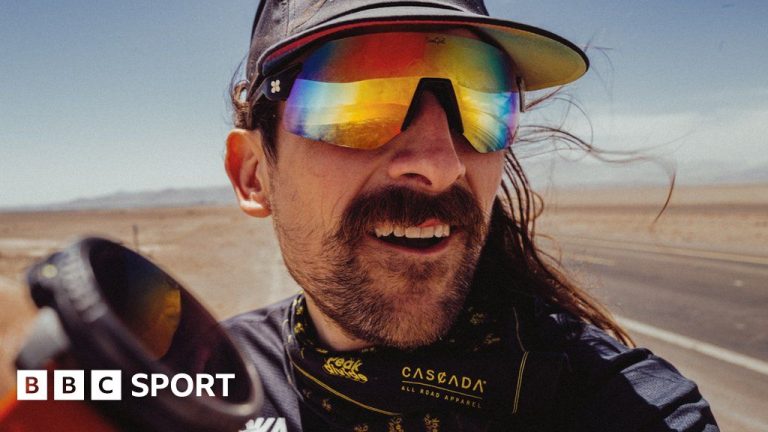Mandji is an Olympic track and field athlete, competing for Equatorial Guinea at Athens 2004.
Later in his career, Mandje raced in the World Cross Country Championships and the World Cycling Championships.
But track was his first love, specifically the 1500m race.
Which is useful, because his team's policy, and that of most of the other 14 teams, was little and often.
In essence, the preferred tactic for the quickest way to cover 500 kilometers was to switch runners back and forth and divide the distance into two or three kilometer sections each.
on repeat.
For about two days.
In theory, each leg seemed pretty achievable. About half a parkrun at a time.
But, as Mandji can attest, in the middle of the night, without any sleep and with a full day's running between your legs, Project Speed got serious.
Mandji made his living running 1,500 meters at top speed, and recovered with ice baths and complex warm-up routines.
In Chile, as he recovered while eating cold pizza in the back of a pickup truck, he suddenly found himself turned onto sections of the TSP Road.
“What made it really difficult is that you run short intervals and then you get in a truck, you get stiff, you get tired, and then in another hour you jump back in to run again,” says Mandji.
“After a couple of days, it starts to wear on you — especially for those nighttime legs when you're up there with your thoughts and accumulated fatigue.
“The hardest point, somewhere on the second day, I did 30 kilometers where I struggled. Every time I got out of the car, I had to start each leg as if I was doing a fast walk or a shuffle.
“It was also the point of the journey where you've come a long way from the beginning, so you can smell the end but you also know there's a long way, a lot of climbing, to go.
“But hitting a rough patch was part of the beauty of it.”
Long before Mandji's personal crisis, the race itself entered a broader crisis.
More serious than the pain in the legs, it was connected to the strong arm of the law.

